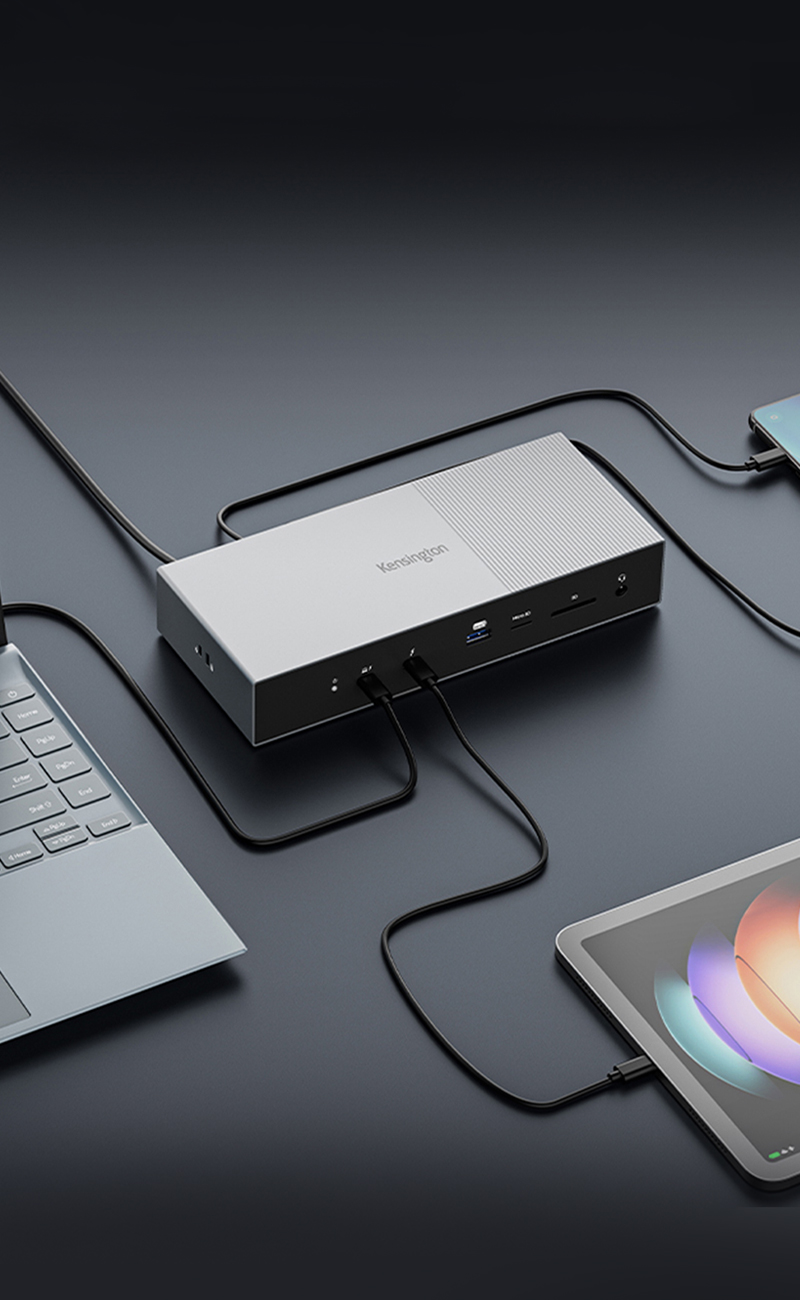
1. Overview of Security Keys and Biometrics as 2FA Methods
2. Differences Between Security Keys and Biometrics
3. Examples of Successful Implementation of Security Keys and Biometrics
In today's digital age, online security has become more crucial than ever. With cyber threats becoming more sophisticated, it is essential to use reliable methods to protect online accounts and valuable business information from unauthorized access. One effective way to do this is by using two-factor authentication (2FA) methods such as security keys and biometrics.
In this comprehensive guide, we'll explore security keys and biometrics as 2FA methods and discuss their effectiveness in enhancing online security. Additionally, we'll compare the differences between security keys and biometrics, including their strengths and weaknesses. Lastly, we'll provide real-world examples of organizations that have successfully implemented these methods to secure their online accounts and networks.

Overview of Security Keys and Biometrics as 2FA Methods
Security keys and biometrics are among the most effective 2FA methods available today. Unlike traditional passwords, which can be guessed or stolen, 2FA adds an additional layer of security by requiring users to provide a second form of authentication. This could be a unique code sent to the user's phone, a fingerprint scan, or a physical security key.
Security keys are physical devices that use cryptographic protocols to authenticate users and grant access to online accounts. They are highly secure and are not susceptible to phishing attacks or other forms of hacking. Biometrics, on the other hand, use human characteristics such as fingerprints, facial recognition, or voice recognition to authenticate users. Many modern smartphones and laptops come with built-in biometric authentication methods such as fingerprint scanners or facial recognition. While biometrics are convenient and easy to use, they can be less secure than security keys if they are not implemented properly.
One of the most widely adopted security key standards is FIDO®, which stands for Fast Identity Online. FIDO has developed two protocols, FIDO U2F and FIDO2, that are used by many popular security key manufacturers. FIDO2 includes a protocol called CTAP, which stands for Client-to-Authenticator Protocol. CTAP is used to communicate between the security key and the device being logged into, providing an additional layer of security.
Web Authentication, also known as WebAuthn, is another popular standard for security keys that is supported by most major web browsers. WebAuthn uses CTAP to provide a secure and reliable 2FA method for web applications.
Both security keys and biometrics provide an additional layer of security beyond traditional passwords, making it more difficult for hackers to gain access to sensitive information.
Differences Between Security Keys and Biometrics
Security keys and biometrics have different strengths and weaknesses, making them better suited for different use cases:
Security Keys
|
Strengths
|
|
Weaknesses
|
Biometrics
|
Strengths
|
|
Weaknesses
|
Overall, security keys and biometrics offer different strengths and weaknesses, and the choice between the two will depend on the specific needs and priorities of the user or organization. While security keys offer higher security and are less vulnerable to attacks, biometric authentication offers convenience and ease of use.

Examples of Successful Implementation of Security Keys and Biometrics
Numerous organizations have successfully implemented security keys and biometrics to enhance their online security and protect their networks from cyber threats:
- Google has implemented support for FIDO2-based passwordless authentication using security keys, which are also known as passkeys, for all employees and has reported zero account takeovers since the implementation.
- Dropbox, a popular cloud storage service, has implemented security keys as a 2FA method for its users. According to Dropbox, users who enable security keys have not reported any account takeovers since the implementation.
- HSBC Bank has implemented biometric authentication for its mobile banking app, resulting in a significant reduction in fraud and increased customer satisfaction.
- Microsoft has implemented biometric authentication for its Windows Hello feature, which allows users to log in to their Windows devices using facial recognition or fingerprint scans. Windows Hello is becoming increasingly popular as a convenient and secure way to authenticate users.
- GitHub, a popular platform for software development collaboration, has implemented security keys as a 2FA method for its users. According to GitHub, users who enable security keys have not experienced any account takeovers since the implementation.
These examples demonstrate the effectiveness of security keys and biometrics as 2FA methods and highlight the importance of implementing these methods properly to ensure maximum security.
Conclusion
In conclusion, security keys and biometrics are effective 2FA methods that can enhance your online security and protect your accounts from unauthorized access. Using these methods, reduces the risk of data breaches and helps to ensure that your personal and sensitive information is secure. Whether you choose security keys or biometrics, it's essential to implement them properly and follow best practices to ensure maximum security.
Kensington offers a line of world-class biometric security products that provide substantially higher assurance for security-conscience consumers and enterprise customers. Our VeriMark™ products are highly effective biometric security keys that offer users a range of features and options for enhancing their online security. They are compatibility with multiple biometric authentication methods and industry standards—making them a reliable and versatile choice for both personal and professional use. If you are ready to secure your enterprise IT infrastructure but are unsure of the best way to protect your users, our team is here to help.
Learn more about Kensington’s Biometric Security Solutions
